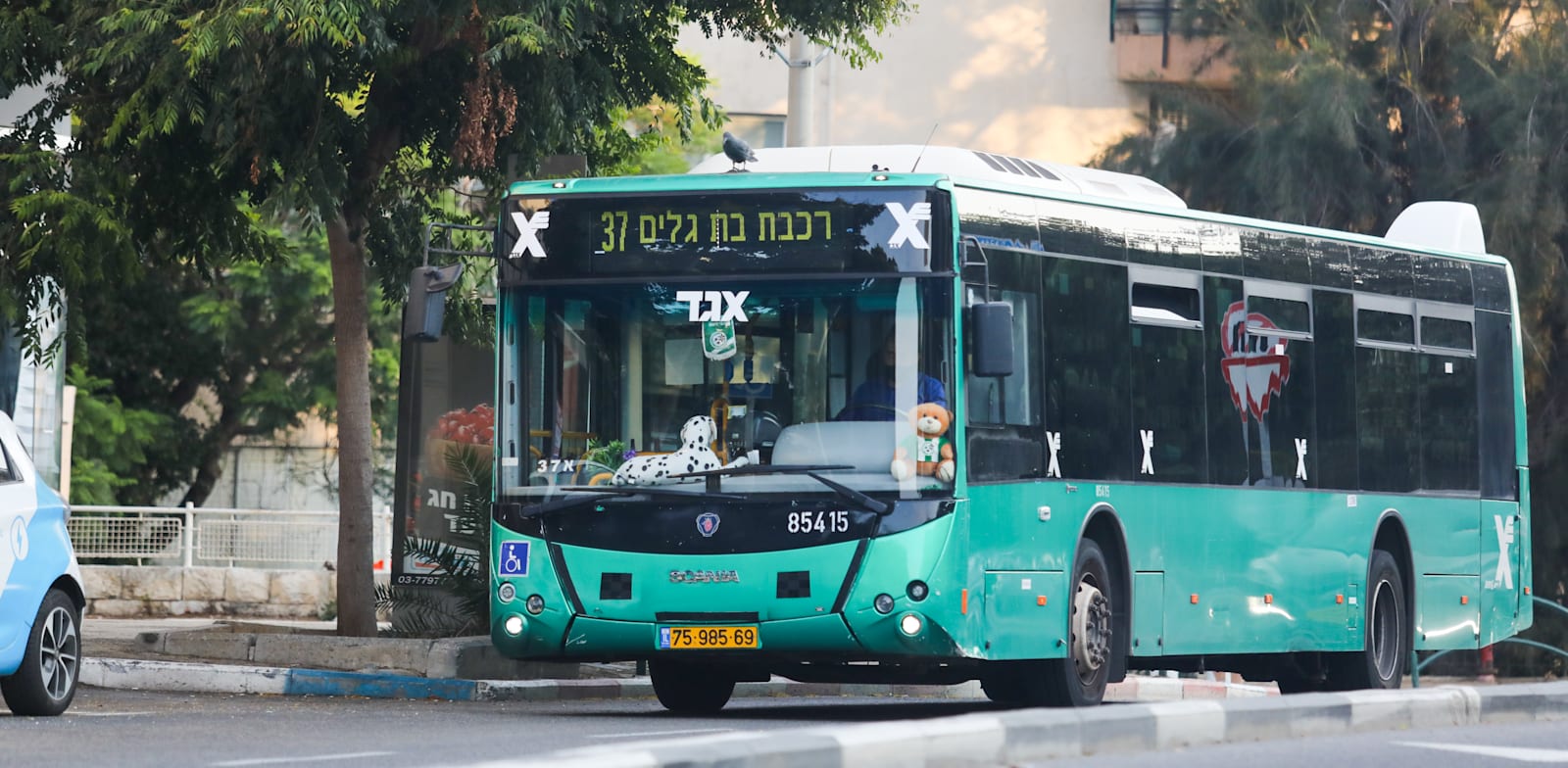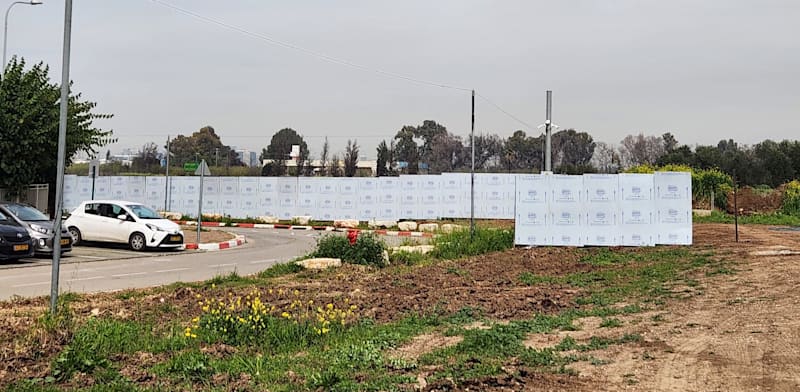On Thursday the government’s new public transport justice reform comes into effect. While fares will rise significantly, exemptions and discounts will also be expanded.
This reform was devised by the Ministry of Transport shortly after Minister of Transport Miri Regev took office, without any professional work undertaken to explain the need for it, and only a year after a previous fare reform had been implemented. The first reform was budgeted for in the 2023 state budget, and went into effect about a year ago. As part of that reform, free travel for a year was provided to discharged soldiers and 50% discounts were provided to residents in areas defined as peripheral according to the Central Bureau of Statistics, ranked 1-5 (out of 10). In addition, “young people” aged 18-26 received 33% discounts to correspond with the coalition agreements with the Haredi factions, which demanded discounts for yeshiva students.
Funded by the 2025 budget, the latest reform has expanded exemptions, lowering the qualification age for free transport from 75 to 67. And expanding 50% discounts for residents in neighborhoods in the 1-5 socioeconomic clusters of the Central Bureau of Statistics index.
These discounts will be of assistance to Israel’s Arab and haredi populations, as well as other neighborhoods in the periphery and central Israel. For example, Holon, which is ranked in the seventh socioeconomic cluster, will not have discounts, but the Jesse Cohen neighborhood, which is ranked in the third cluster, will have discounts. However, people have already shared on social media the difficulty of distinguishing where one neighborhood ends and another begins, and the innovative model of discounts by neighborhood is expected to encounter significant difficulties. Most citizens who live in metropolitan centers will not receive discounts, and will even pay more.
The latest reform is accompanied by a fare increase
The Ministry of Transport claims that about 80% of the country’s citizens will benefit from discounts on public transport, while the reform is accompanied by a significant fare increase of tens of percent, and these are in addition to previous increases.
In February 2025, light rail fares were hiked from NIS 6 to NIS 8, to help cover government subsidies and increases in inputs (fuel, wages, etc.). Now, the fare for a single bus trip will also increase by NIS 2, and other travel will rise by similar percentages, so that a free monthly ticket for urban travel, for example, will cost NIS 315, up from NIS 236 today.
By how much is the government subsidizing public transport?
The government insists that it must increase fares to raise overall revenue from passengers top ease the government subsidy. Before the latest reform is implemented, the government is already subsidizing public transport by 85%. Over the last decade, the subsidy budget has quadrupled to NIS 14 billion annually.
RELATED ARTICLES
This large budget has been directed at both increasing services, and also covering erosion in fare revenue as a result of discounts granted, often on a political rather than professional basis. The average revenue per passenger in 2023 was NIS 2.7 shekels, compared with NIS 7.9 (in 2023 prices) in 2004.
Alongside the increase in subsidies, the number of passengers increased only marginally, according to the government, and the average increase in passengers is lower than the population increase.
What can be understood from this data
Studies undertaken by the Ministries of Finance and Transport have found weaknesses in public transport planning. So while large sums of money have been spent, public transport remains weak. The studies show that higher frequencies and more routes are needed, but that this is not enough.
To make public transport efficient, several steps need to be taken. Firstly, making more bus lanes would create a more efficient network, since with the same number of buses and drivers, more reliable and faster journeys could be made.
Secondly, it is necessary to change planning and strategy, because most money is spent on long and inefficient intercity bus trips, while most passengers board crowded buses for short, time consuming trips within cities.
Thirdly, in Israel there is no hierarchical bus system. Worldwide it is customary to divide the system into high frequency arterial lines, from which secondary lines link up, in Israel the system was is a haphazard patchwork. Thus, in the Tel Aviv metropolitan region there are about three frequent lines per hour on average, compared with 10 in Barcelona and 8.5 in London.
Fourthly, metropolitan management of transport is necessary. The system is currently managed nationally by the Ministry of Transport. Fifthly, an increase in revenue, that is, an increase in fares, is also necessary.
Is it right to raise fares while giving discounts to specific populations?
Of all the principles already understood in Israel, the current reform only addresses some of them, and in a sloppy manner. Studies and surveys conducted in Israel and worldwide have found that price is not taken into account by the public when deciding whether to use public transport. What does persuade people to switch to public transport is reliability, convenience and speed, which is not achieved through fares, but a smart allocation of money.
The state budget has also allocated NIS 250 million for service additions, and the Ministry of Transport is striving to streamline the existing network. But base lanes are being added very slowly, if at all, the reform of metropolitan authorities has stalled, and mega projects have been delayed. Thus, instead of the large and unprecedented fare increase being used to improve the network and service, it is being used to provide discounts to specific populations.
Economists criticize this approach. In their opinion, in order to help different groups of people – such as senior citizens, people with disabilities, and residents of the periphery – they should be helped directly, and not through discounts on public transport, because the money that comes to the system is not spent on improving it, but on providing the discounts.
Thus, although the reform is called “public transport justice,” it is far from concepts of justice, because it continues to constitute an obstacle rather than an opportunity.
Published by Globes, Israel business news – en.globes.co.il – on April 21, 2025.
© Copyright of Globes Publisher Itonut (1983) Ltd., 2025.








